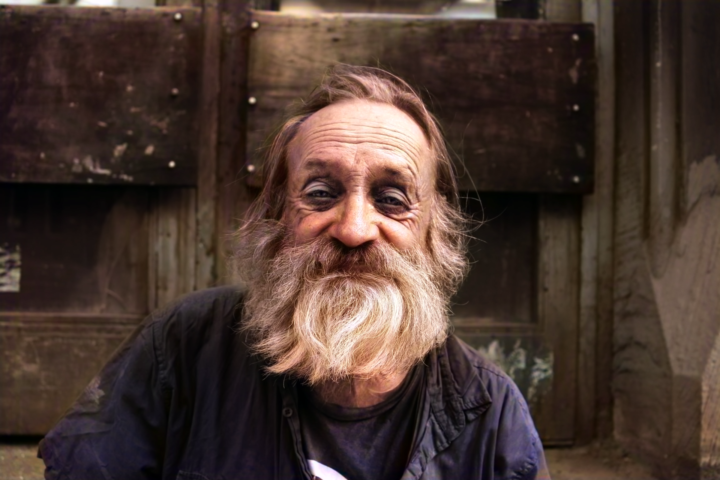Homeless people are at particular risk for a Covid 19 infection. After all, staying home or washing your hands regularly isn’t so easy when you don’t have a roof over your head. That’s why Denmark is now prioritizing homeless people in the vaccination schedule. 200 of them received the first partial vaccination between February 15 and 16.
The Covid 19 pandemic is hitting homeless people particularly hard. Staying at home, washing hands regularly and social distancing are hardly feasible for homeless people. For this reason, several Danish charities are working together to move homeless people to the front of the vaccination queue. The Danish vaccination strategy follows a 12-step plan: the population is divided into target groups. Homeless people fall into target group 10 and, as it stands now, are scheduled to be vaccinated in early April. Homeless and socially disadvantaged people who are at particular risk can “move up” to category 5 and will be vaccinated earlier. This category includes people with illnesses such as cancer, cardiovascular disease or immune deficiencies.
Doctor’s visit as a requirement for vaccination
However, this “step up” requires a doctor’s visit. Only when a doctor’s estimation finds the individual to be at particular risk of a serious reaction to the virus will they move up to category 5. This approach has been met with criticism from nonprofit organizations that advocate for the rights of homeless people in Denmark: Since homeless people can rarely benefit from the country’s health services, the additional prescribed doctor’s visit is another obstacle.
“Unfortunately, homeless people are not automatically put in category 5. We have the impression that almost all of them would, however, if they had the opportunity to see a doctor”
says a member of Gadejuristen (Danish for: street lawyers). Gadejuristen is an NGO that provides legal advice to vulnerable people at the street-work level.
Homelessness in Denmark
According to VIVE, the Danish Center for Social Science Research, 6,431 people are currently homeless in Denmark. 200 of them were administered the first partial vaccination between February 15 and 16, 2021, through the nonprofit organization Gadejuristen, after having undergone a medical examination.
Defining Homelessness:
FEANTSA is the only European NGO focused exclusively on the fight against homelessness. Its ultimate goal is to end homelessness in Europe. FEANTSA has developed a definition of homelessness and calls it “ETHOS”. ETHOS describes homeless people according to their housing situation. This defines whether a person is homeless or houseless, their housing situation is considered unsecured, or insufficient. These categories break down into 13 operational categories that can be used for various policies, such as: identifying homelessness, developing, monitoring, and evaluating homeless policies.
Denmark has been vaccinating since December 27, 2020. The country’s goal is to immunize the whole population by the early summer months of 2021. With a 3% share of fully administered vaccinations (measured by total population), the northern European country secures second place (after Malta) in the vaccination ranking within the EU.
Vaccinations for homeless people in other countries
But Denmark is not the only country thinking about its homeless citizens: Covid 19 vaccination initiatives for homeless people also exist in the Vatican, in communities of Detroit in the United States, and in parts of Montreal in Canada. In Austria, homeless people are part of the extended risk group. This group is expected to be vaccinated in Phase 2, with a planned vaccination start in March 2021.
Homelessness in Denmark – Facts and Figures
VIVE has conducted a national survey on homelessness every two years since 2007. Over a period of seven days (always in the 6th calendar week), the Danish Center for Social Science Research collects data. The national homeless census covers eight different homeless situations.
According to the latest count from 2019, homeless people are distributed as follows:
- People sleeping rough (ETHOS 1.1): 732
- People sleeping in emergency shelters (ETHOS 2.1): 313
- People staying in homeless shelters/hostels (ETHOS 3.1): 2,290
- People staying in hotels due to homelessness: 191
- People staying with family and friends: 1,630
- People staying in short-term transitional housing: (ETHOS 8.1): 121
- People housed after release from prison (ETHOS 6.1): 72
- Homeless people after release from hospitals/treatment facilities (ETHOS 6.2): 148
- Other: 380
- Not specified: 554
Total: 6,431










